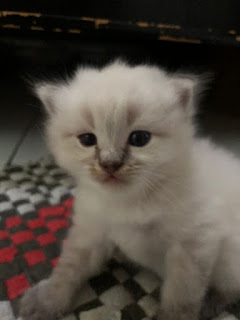Cat Insurance vs Emergency Savings: Which Is Better for Cat Owners?

Every cat owner eventually faces the same difficult question: Should I rely on cat insurance or build an emergency savings fund for vet bills? Veterinary care has become more advanced, and more expensiv than ever. A simple emergency visit can cost hundreds of dollars, while surgeries, chronic illness treatments, or long-term care can reach thousands. For many cat owners, these unexpected costs become a serious financial burden. This guide compares cat insurance vs emergency savings in detail, including real costs, risks, benefits, and long-term impact, so you can make the best financial decision for both you and your cat. The Real Cost of Cat Ownership (Most Owners Underestimate This) Many people believe cats are “low-maintenance” pets. While cats are generally more independent than dogs, their medical costs can be just as high. Average Veterinary Costs for Cats Routine annual checkups: $100–$300 Emergency vet visit: $500–$2,000 Surgery (intestinal blockage, fractur...




